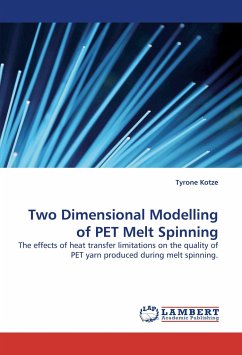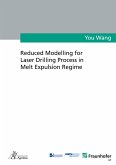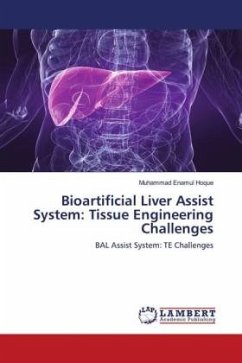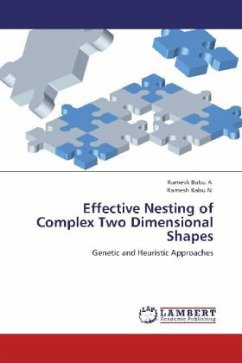This work begins with an in depth cover of the current literature surrounding modelling techniques used to simulate the melt spinning procedure. A one dimensional single filament model developed by previous workers is used to construct a multifilament model which enables a conservative estimate to be made on the effects of heat transfer limitations on the quality of PET yarn. Properties modelled include crystallinity, viscosity, temperature, velocity, fibre diameter and force. Variables investigated include quench air temperature and velocity, polymer extrusion rate and temperature as well as fibre take-up speed. Results showed quench air flow rate to have the largest influence on final property uniformity. Low polymer extrusion rates resulted in a lower degree of non-uniformity in final fibre properties. The model developed showed non-uniform quench air thermal gradients to have adverse effects on the quality of as-spun yarn.








